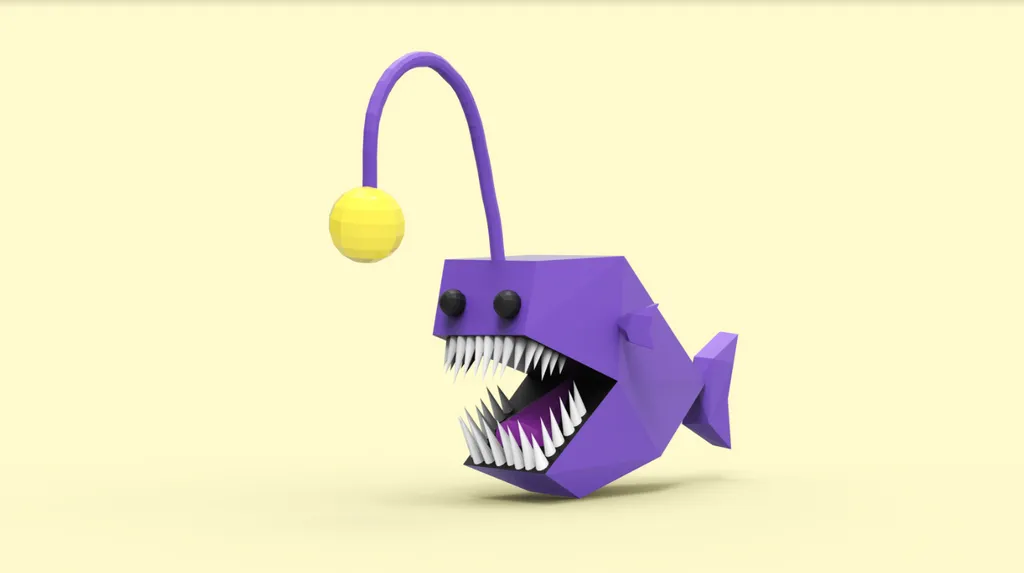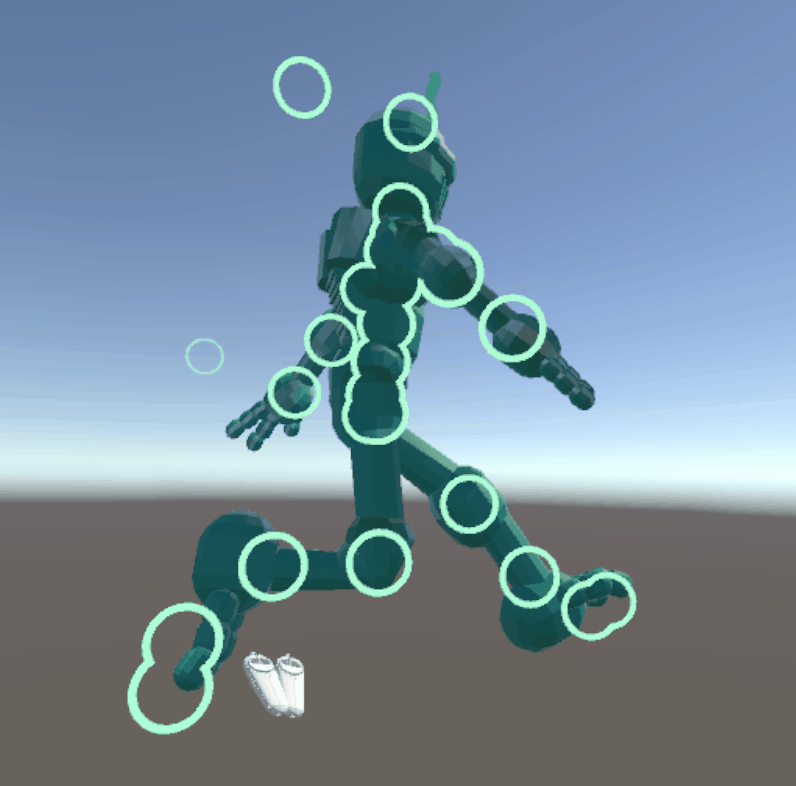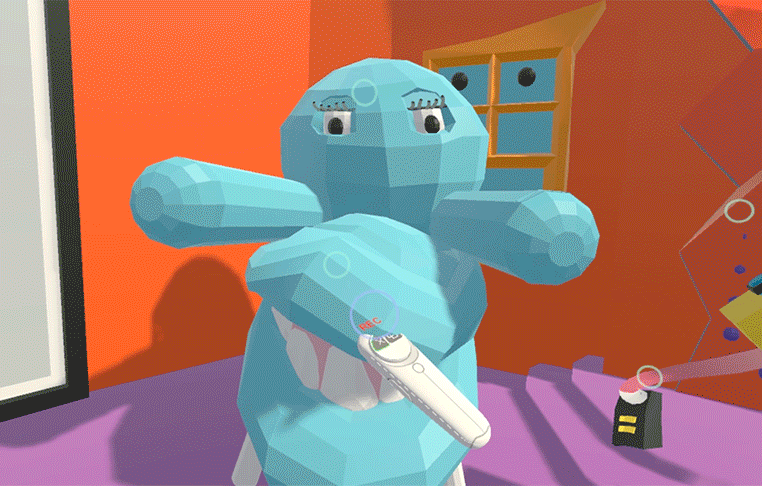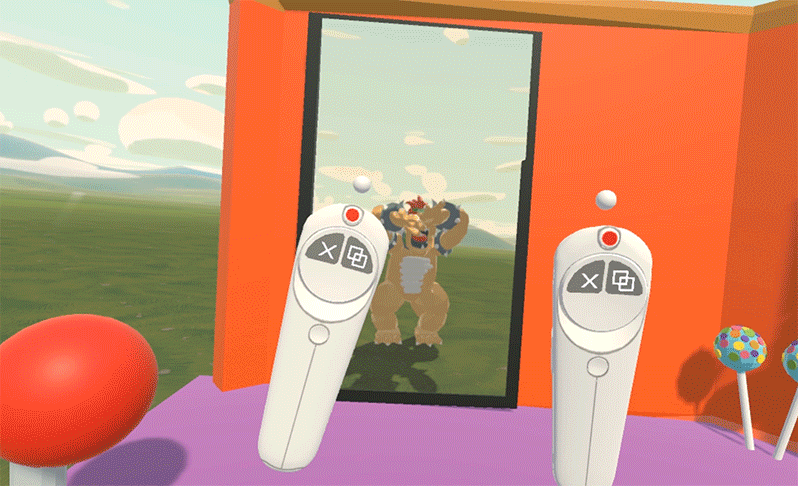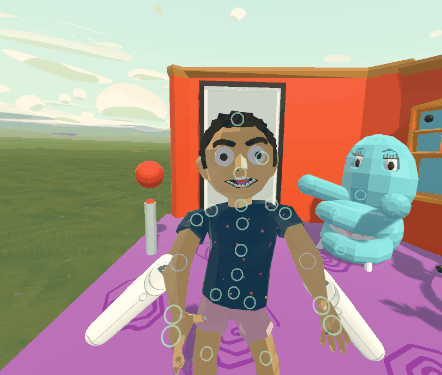Released in early July, Google’s Blocks was designed to usher in a new era of VR content creation, making it easy for anyone to jump in and start building 3D models. One day, though, apps like Blocks might find better use as asset-creation tools for people with little to no development experience. Right now you could make any inanimate object and drop it into a game you were making, but what if you wanted to introduce living, breathing characters that, you know, actually move?
Google is carefully considering that possibility, and it’s not shy about it either. Today, the company posted a blog post showcasing some of the ways it’s looking at animating the objects and scenes people build within Blocks, including some methods that will be familiar to those that have tried VR apps like Mindshow.
The post details the company’s approach to building character models that can be easily animated. For skeletal models, for example, it demonstrates using inverse kinematics, in which relevant limbs will realistically move in relation to the position of hands and feet. Put a foot forward, for example, and their leg will stretch out in the way you’d expect.
Shape matching, meanwhile, is a technique that could be used for more inhuman objects and involves shaking the character’s body part to produce a jiggling movement. It could be used to get objects to dance, for example.
Next up Google is looking at how to actually control the model. For shape matching, it’s a simple case of grabbing and shaking, but the company is also experimenting with embodying and controlling characters much like what can be seen with Mindshow. Here you can see someone pretending to be Bowser from Nintendo’s Mario series.
There’s also the simple trick of posing a character yourself using joints on their model. From there you could record animations with pose-to-pose snapshots, or recording your actions as you control the object in question (again, much like Mindshow).
Google didn’t actually mention which, if any, of these tools it would be implementing into Blocks, but doing so could be a big new step for the software.

